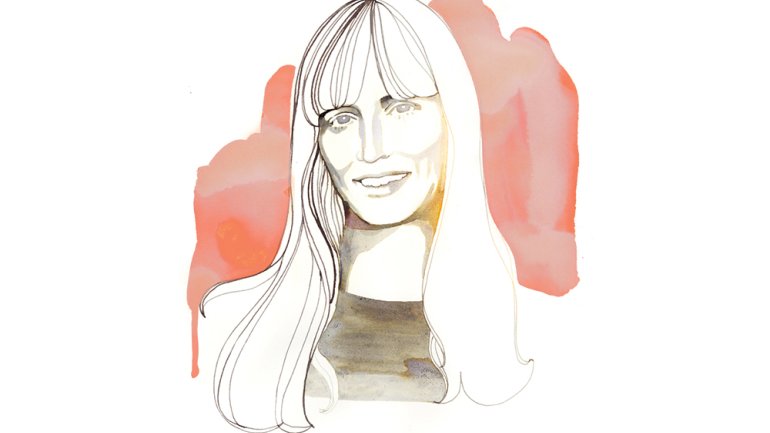Furniture in the Future Tense
Furniture in the Future Tense
Steffanie Dotson first joined the Furniture Society as a student in 2004. Now a furniture maker based in San Diego, Dotson, 37, was elected president of the group last year. She talked with us about the challenges of serving its membership in a transitional time for the field.
What do you see as the role of the Furniture Society today, and how have things changed since it was founded in 1996?
Well, our role today is providing a sense of community for furniture makers and furniture enthusiasts. Also, as an educational nonprofit, we have a strong commitment to providing opportunities for students and apprentices, and educating the public about the importance of handmade furniture.
At the inception, our main focus was studio furniture, and I think that has changed a bit, based on how the field has changed. Now we have a more inclusive focus. So in addition to studio furniture, we also embrace design, limited production, work with alternative materials, even manufacturing processes.
We’re interested in figuring out who that new generation is and what they’re interested in, because their interests seem very different from those of our older members.
How so?
I think this new generation is maybe not so interested in studio furniture making, but more in being able to make repeatable designs, to really support their families by making objects and furniture. They’re looking at new technologies like CNC, laser, and 3D printing as ways to make things happen.
Things are getting cheaper, so more makers will have access to these technologies, and they’re starting to come up with clever ways to streamline processes and make designs repeatable. The best work I’ve seen isn’t straight off the CNC table, but [rather] coupled with some skilled handwork. That’s what’s really promising and exciting. At our 2014 conference [June 19 – 21 in Port Townsend, Washington], we have a huge “digiFabulous” event highlighting three makers who work with digital technology, to show all the different things you can do.
Now that the first wave of studio furniture collectors has filled their homes, how do you get new buyers interested?
I think that [earlier] generation of collectors has definitely diminished, and collecting has changed. But I’ve seen a couple of things happening along with that. One is this whole secondary market that has come alive, with really great prices being attained for pieces by [established masters such as] Nakashima and Maloof and Castle and Carpenter. Also the emergence of a new generation of buyers –not necessarily at the collector level, but young professionals who are really attuned to craft. They may not have as much money as a collector per se, but they definitely are interested in furnishing their homes with handmade items that they actually intend to use.
What does furniture education look like today? Where does it – or should it – go next? What are you hearing?
The large accredited schools will always have an important role in the education of university-level instructors and thinkers, and they do a great job at preparing talented folks. I don’t think an MFA is required for every person who aspires to make furniture. There are tons of wonderful resources available. Guilds and apprenticeships are still viable places to learn a craft. Maker/hacker spaces (I still cringe at the word “hacker”) are an exciting addition to the craft learning arena. I say exciting because the more outlets for quality learning, the more craft and furniture making will grow.
I tried to ignore the DIY culture when it first appeared, kind of hoping it would go away, but it’s actually played an important role in helping people realize how fulfilling it is to work with your hands. DIY has also uncovered some very talented craftspeople, and now has many different levels.
It seems smaller tidbits of information are more affordable, attainable, and interesting. So I think things are going to pick up at the craft schools, workshop circuits, and maker spaces. People also seem to gravitate to fun, loose events where they can show up and create in a group setting. It’s all good news, because in my book, anything that gets people interested and involved is valid.
Joyce Lovelace is American Craft’s contributing editor.




